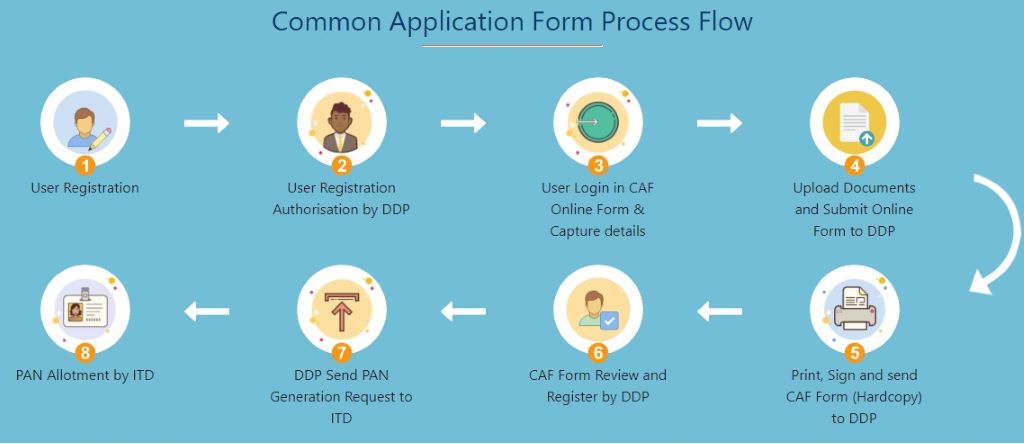Understanding FPI in Income Tax
Foreign Portfolio Investment (FPI) plays a crucial role in India’s financial markets, contributing to liquidity, economic growth, and stock market stability. But what exactly is FPI in income tax, and how does it impact investors?
If you’re an investor, tax professional, or finance enthusiast, understanding FPI taxation is essential for compliance and optimizing returns. This guide will explain FPI in income tax, its tax implications, regulatory framework, and key differences from Foreign Direct Investment (FDI).
By the end of this article, you’ll have a clear understanding of how FPIs are taxed in India, the applicable rates, and how recent changes affect investment strategies.
What is FPI (Foreign Portfolio Investment)?
Foreign Portfolio Investment (FPI) refers to investments made by foreign individuals, institutions, or funds in Indian financial assets such as stocks, bonds, mutual funds, and government securities. Unlike Foreign Direct Investment (FDI), FPI does not grant ownership or control over a company. Instead, FPIs seek short-to-medium-term returns from market fluctuations.
Key Characteristics of FPI:
- Liquid Investments: FPIs can quickly enter and exit markets.
- No Management Control: Investors don’t influence company decisions.
- Regulated by SEBI: The Securities and Exchange Board of India (SEBI) oversees FPI activities.
- Taxable in India: Capital gains and dividends are subject to Indian tax laws.
FPI vs. FDI: Key Differences
| Aspect | FPI (Foreign Portfolio Investment) | FDI (Foreign Direct Investment) |
| Investment Type | Stocks, bonds, mutual funds | Business ownership, infrastructure |
| Control | No management rights | Significant control & influence |
| Duration | Short to medium-term | Long-term |
| Liquidity | Highly liquid | Less liquid |
| Regulation | SEBI | RBI & DPIIT |
FPI Taxation in India: Key Considerations
FPIs are subject to Indian income tax based on the type of income generated:
-
Capital Gains Tax for FPIs
Capital gains arise when an FPI sells securities at a profit. The tax rate depends on the holding period:
- Short-Term Capital Gains (STCG):
- Holding period: Less than 24 months for immovable assets (e.g., REITs) or 12 months for listed securities.
- Tax rate: 15% (plus surcharge and cess) for equity shares.
- Long-Term Capital Gains (LTCG):
- Holding period: More than 24 months (or 12 months for listed securities).
- Tax rate: 10% (without indexation) on gains exceeding ₹1 lakh for equities.
-
Dividend Income Tax
Before April 2020, dividends were tax-free in the hands of investors but subject to Dividend Distribution Tax (DDT). Now:
- Dividends are taxable at the FPI’s applicable income tax rate.
- TDS (Tax Deducted at Source) of 20% (plus surcharge and cess) applies unless a lower treaty rate exists.
-
Interest Income from Bonds & Debentures
- Tax rate: 5% to 20%, depending on the bond type and treaty benefits.
- TDS typically applies at 20% unless reduced under a tax treaty.
-
Tax Treaties & DTAA Benefits
India has Double Taxation Avoidance Agreements (DTAAs) with many countries, allowing FPIs to claim lower tax rates. For example:
- Mauritius & Singapore-based FPIs may enjoy concessional capital gains tax.
- Proper documentation (Tax Residency Certificate) is required.
Recent Changes in FPI Taxation
-
Higher Surcharge for FPIs (2019 Budget)
- FPIs structured as trusts or Association of Persons (AOPs) face a higher surcharge (up to 37%).
- This led to some FPIs restructuring their investments.
-
Removal of Dividend Distribution Tax (DDT) (2020)
- Dividends are now taxed in the hands of investors, increasing compliance for FPIs.
-
SEBI’s FPI Regulations (2023 Updates)
- Stricter disclosure norms for high-risk FPIs.
- Enhanced monitoring to prevent round-tripping and tax evasion.
How FPIs Can Optimize Tax Liability
- Choose the Right Investment Vehicle:
- Use jurisdictions with favorable tax treaties (e.g., Singapore, Mauritius).
- Consider alternative structures like Category I FPIs (government entities) for lower scrutiny.
- Holding Period Strategy:
- Hold equities for over 12 months to benefit from LTCG rates.
- Claim DTAA Benefits:
- Submit Form 10F and Tax Residency Certificates to reduce TDS.
- Compliance & Reporting:
- File Indian tax returns if taxable income exceeds thresholds.
- Ensure accurate PAN and KYC documentation.
Common FAQs on FPI Taxation
-
Is FPI income taxable in India?
Yes, capital gains, dividends, and interest earned by FPIs are taxable under Indian tax laws.
-
What is the TDS rate for FPI dividends?
The default TDS rate is 20%, but it may be lower under DTAA.
-
Can FPIs claim tax treaty benefits?
Yes, if they provide a valid Tax Residency Certificate (TRC).
-
How is FPI different from FII?
FII (Foreign Institutional Investor) was the older term; SEBI now classifies all foreign investors under FPI.
-
Are FPIs subject to MAT (Minimum Alternate Tax)?
No, MAT does not apply to FPIs.
Conclusion: Navigating FPI Taxation Efficiently
Understanding FPI in income tax is crucial for foreign investors looking to maximize returns while staying compliant. With changing regulations and tax implications, FPIs must adopt strategic investment approaches, leverage tax treaties, and ensure proper documentation.
Call to Action (CTA)
Are you an FPI or an investor dealing with cross-border taxation? Consult a tax expert today to optimize your tax liabilities and ensure compliance with Indian regulations. Subscribe to our newsletter for the latest updates on FPI taxation and investment trends!
Related Topics:
Five Ways E-Learning Can Benefit Your Company





